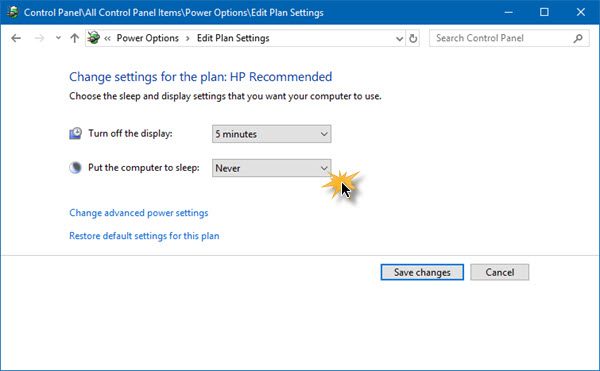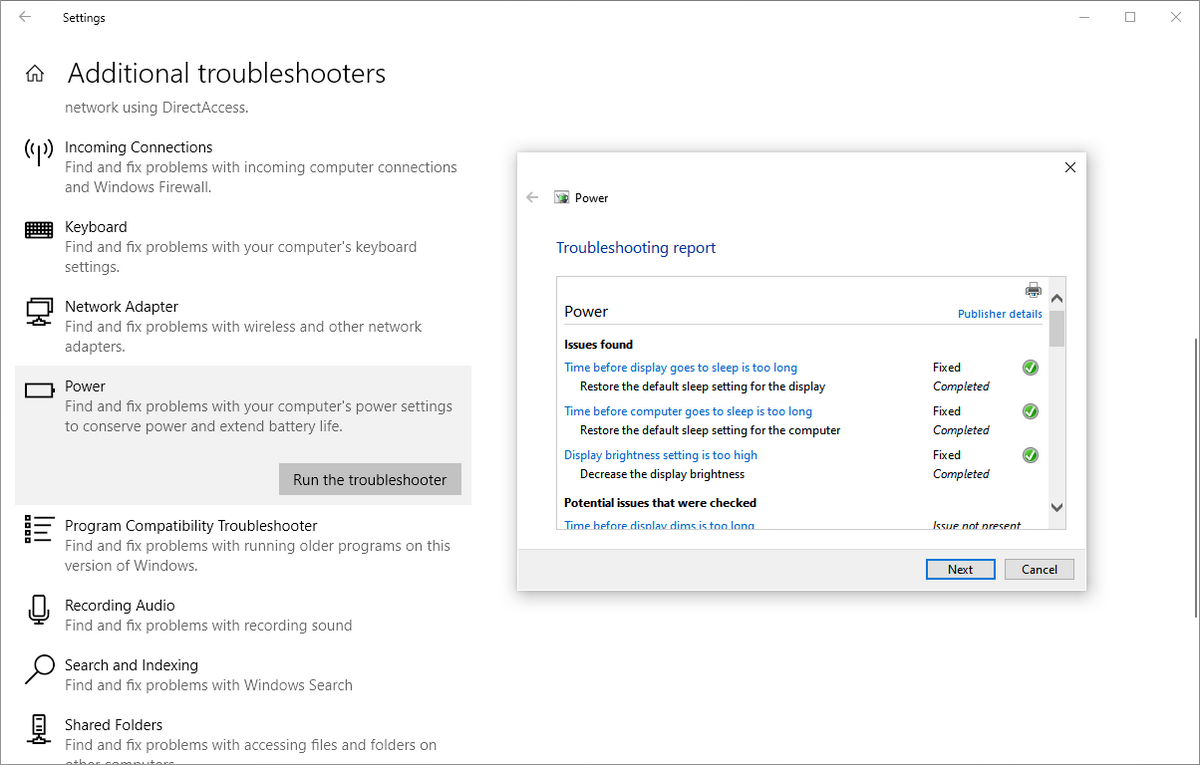
Shutting down your computer is when all the software, programs, files, and processes are closed and the memory in the RAM is cleared. Hibernate mode is best used when you don’t need to access your computer for a while or if you won’t have access to a power source later on and need to save battery life.

When you open your laptop or turn the screen back on your computer everything will be just as you left it. Everything you previously had open and running is stored in a hibernation file on your hard drive. Hibernate is similar to sleep mode with the exception that your computer completely shuts down and draws no power, unlike sleep mode. Sleep mode is best used when you need to step away from your computer for a moment but will come back to it within a few hours. Everything you were previously working on remains open and can be pulled up when you open up your laptop or press the power button.


During sleep mode, the rest of your computer shuts down besides the RAM, which continues to draw power from the battery outlet. Sleep mode is a power-saving mode that stores all of your open files, software, and other data in the computer’s main memory, or RAM. Before we get into the reasons on why shutting off your computer is important it’s good to note the differences between the three modes of turning your computer “off.” Most computers have a sleep, hibernate, or shut down mode, but what’s the difference between each and when should you use each one?


 0 kommentar(er)
0 kommentar(er)
